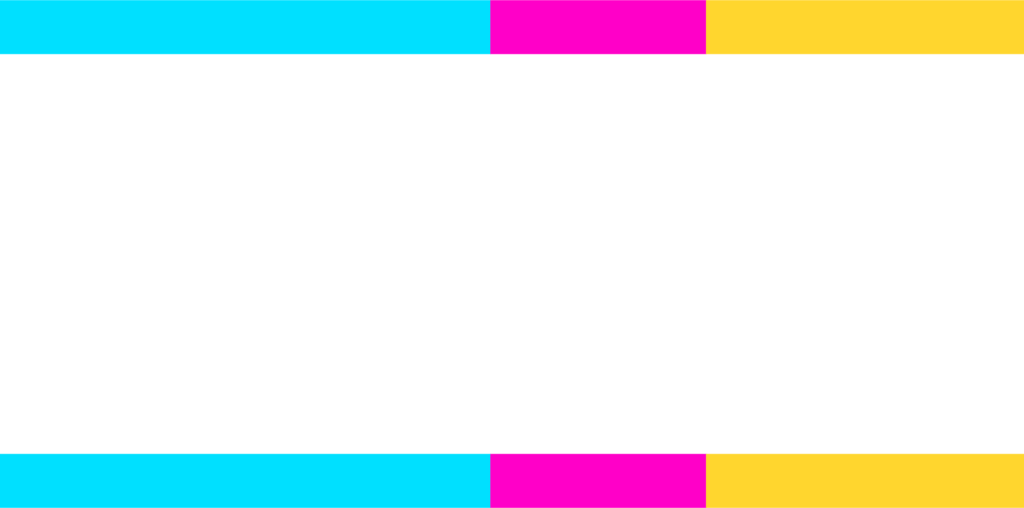Idaho families need access to affordable and nutritious food to remain healthy, attain financial stability, and be fully engaged members of their community. However, Idahoans are feeling the effects of rising prices at the grocery store statewide. House Bill 231 proposes increasing Idaho’s Grocery Tax Credit to help address this growing burden on Idaho’s families.
The Grocery Tax Credit Helps Offset the Sales Tax on Food
The grocery tax credit aims to offset some or all of the sales tax residents pay on groceries. It is known as a “refundable” tax credit because residents can receive the full value even if they do not owe any state income taxes. This credit helps families with relatively low earnings pay for necessities. The credit currently provides $120 per individual. Idahoans aged 65 and older receive an additional $20.
House Bill 231
House Bill 231 increases the grocery tax credit for all individuals to $155 per person, regardless of age. Alternatively, Idahoans can receive a full refund of up to $250 for all grocery taxes paid by itemizing their grocery expenses. The grocery tax remains refundable under this proposal and provides necessary tax relief for Idaho’s working families.
If claiming the itemized grocery tax credit, tax filers must submit scanned tax receipts of the qualifying food purchases along with the tax return or application. Idahoans can only receive a tax credit equal to the taxes paid for groceries up to maximum of $250 per person.
Qualifying purchases for the grocery tax credit are in line with allowable purchases for the Supplemental Nutrition Assistance Program (SNAP), formerly known as food stamps, which notably does not allow heated prepared food purchases or food purchased at a restaurant. Unlike SNAP benefits, candy and soda purchases are also exempt items from the grocery tax credit itemization option.
The Itemized Grocery Tax Credit Option Adds Unnecessary Complexity
The process to claim the itemized grocery tax credit in HB 231 is overly burdensome and confusing for the average Idahoan, and it adds unnecessary red tape to Idaho’s grocery tax credit program. The average Idahoan does not know which products are allowed and not allowed to be purchased using SNAP funds and defining what is considered to be candy or soda is incredibly complex. Further, receipts received from grocery stores do not consistently separate food purchases from other common purchases – such as household cleaning products, toilet paper, or items for personal hygiene.
Policy Recommendation: Target Grocery Tax Relief at the Families Who Need it Most
The enhanced grocery tax credit proposed in House Bill 231 will benefit Idaho families across the state, especially during a time when grocery costs are on the rise. However, Idaho could make the Grocery Tax Credit more beneficial for Idaho’s working families by providing targeted relief to households with the lowest incomes instead of families who have the means to pursue the itemized option.
House Bill 61 was reintroduced as House Bill 231. The change to the bill did not impact our findings.


